If you’re in the market for a Harley Davidson motorcycle with a Twin Cam engine, it’s important to know which model years to avoid. While the Twin Cam engine was a popular addition to the Harley lineup, there were some notable issues with certain years that you’ll want to be aware of. In this article, we’ll take a closer look at the Harley Twin Cam years to avoid and why.
One of the most infamous issues associated with early Twin Cam years is the cam chain tensioner problem. This issue primarily stems from the cam chain system’s design, which utilizes plastic shoes that ride on the cam chains. Specifically, model years between 1999 and 2006 were affected by this issue. Early Twin Cam engines had a poorly designed chain that wore out the plastic tensioner shoes, causing them to fail and potentially leading to more serious engine problems.
Another year to avoid is the 2003-2006 period, which saw high crank runout. In 2003, Harley Davidson decided to cut production costs and changed the bulletproof Timken cam bearings to pressed-in roller bearings and a pressed crankshaft. This decision greatly increased assembly speed and drastically lowered cost, but it led to a decrease in quality and reliability for these model years.
Related read: Round ‘Em Up: What Year Harleys To Avoid? (Full Overview)
Brief History of Harley Twin Cam Engines
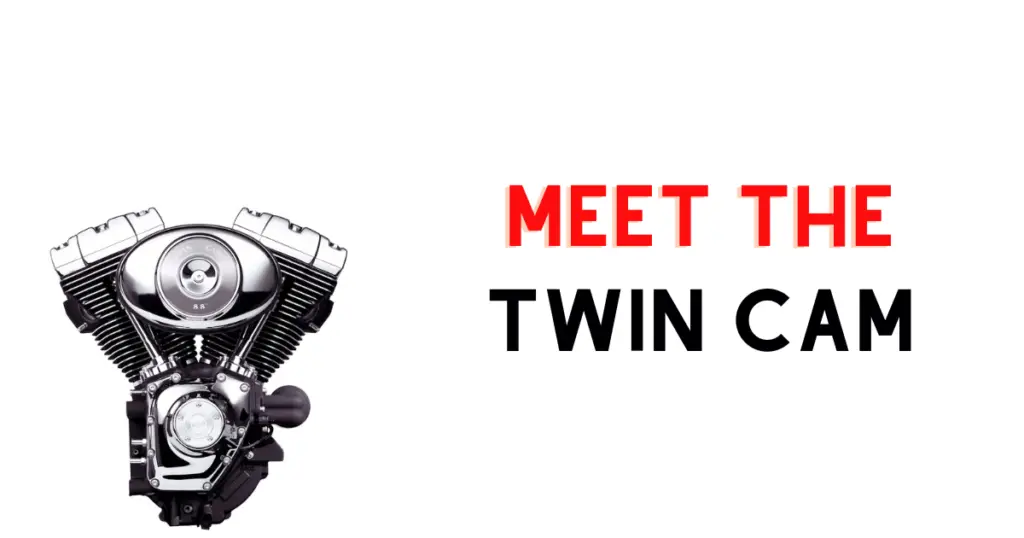
The Harley Twin Cam engine is a classic American V-twin engine that has been in production since 1999. Over the years, the engine has undergone several changes and has evolved into a reliable and powerful motor. Here is a brief history of Harley Twin Cam Engines.
Evolution of the Twin Cam
The Twin Cam engine was introduced in 1999 as a replacement for the Evolution engine. The engine was initially available in two sizes, the Twin Cam 88 and the Twin Cam 88B. The Twin Cam 88 had a displacement of 1450cc, while the Twin Cam 88B had a displacement of 1550cc.
In 2007, the Twin Cam engine was updated with the introduction of the Twin Cam 96. The Twin Cam 96 had a displacement of 1584cc and was more powerful than its predecessor. In 2010, the Twin Cam 103 was introduced, which had a displacement of 1690cc and was even more powerful than the Twin Cam 96.
Notable Harley Twin Cam Models
There have been several notable Harley Twin Cam models over the years. One of the most popular models was the Harley-Davidson Softail Heritage Classic. This model was introduced in 1986 and was powered by the Evolution engine. In 1999, the Softail Heritage Classic was updated with the Twin Cam engine.
Another notable model was the Harley-Davidson Road King. This model was introduced in 1994 and was powered by the Evolution engine. In 1999, the Road King was updated with the Twin Cam engine.
Overall, the Harley Twin Cam engine has been a reliable and powerful motor that has powered some of the most iconic Harley-Davidson models over the years. Whether you are a fan of the classic Evolution engine or the more powerful Twin Cam engine, there is no denying the impact that these engines have had on the world of American motorcycles.
Identifying The Harley Twin Cam Years to Avoid
If you are planning to buy a Harley-Davidson with a Twin Cam engine, it is essential to know which years to avoid. Here are some key points to keep in mind when looking for a reliable bike.
Most Problematic Years with High Incidence of Issues
The Twin Cam engine was introduced in 1999 and quickly became a popular choice for Harley-Davidson enthusiasts. However, several model years were notorious for issues with the camshaft chain tensioners, which caused significant problems for many riders.
According to our research, the following years are known for having a high incidence of issues:
- 1999-2006: These years were notorious for issues with the camshaft chain tensioners. Early Twin Cam engines had a poorly designed chain that wore out the plastic tensioner shoes.
- 2003-2006: In 2003, Harley Davidson made changes to cut production costs, leading to these engines being considered to avoid.
Specific Models with Frequent Problems
Apart from the years mentioned above, some Harley-Davidson models with Twin Cam engines have frequent problems that you should be aware of before buying. These include:
- Harley Fatboy 1999: The main issue with this model was the hot starting problem. After a short break, like refueling or resting, the bike might have trouble starting.
- Harley Softail 2000: This model had issues with the charging system, which caused the battery to die frequently.
- Harley Dyna 2006: This model had several problems, including issues with the transmission, the stator, and the starter motor.
It is important to note that not all bikes from these years and models will have these issues, and some may have been fixed by previous owners. However, it is still essential to do your research and inspect the bike thoroughly before making a purchase.
In summary, if you are in the market for a Harley-Davidson with a Twin Cam engine, it is crucial to know which years and models to avoid. By doing your research and inspecting the bike thoroughly, you can ensure that you are getting a reliable ride that will provide you with years of enjoyment.
Overview of The Most Common Harley Twin Cam Problems
If you’re in the market for a Harley Twin Cam, it’s important to be aware of some of the common problems that can occur with these bikes. Below are some of the most notable issues and their causes.
Cam Chain Tensioner Failures
One of the most well-known issues with Twin Cam engines is the cam chain tensioner system. Early models (produced between 1999 and 2006) utilized hydraulic cam chain tensioners with plastic shoes that were prone to wearing out. This could lead to a loud knocking noise and potential engine damage if not addressed.
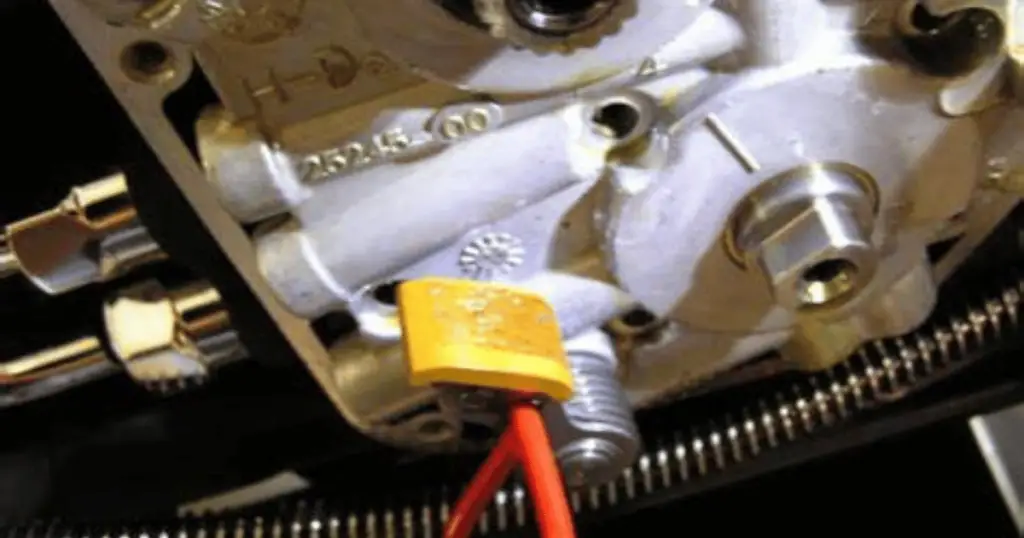
Oil Pump and Lubrication Issues
Another issue that can occur with Twin Cam engines is inadequate lubrication due to oil pump problems. High crank runout can cause oil pressure issues, which can lead to oil leaks or even oil sumping (when oil is forced out of the breather and into the air cleaner). Inadequate lubrication can cause premature engine wear and potential engine failure.
Crankshaft and Bearing Concerns
Some Twin Cam engines have also been known to experience issues with the crankshaft and bearings. High crank runout can cause excessive vibration and potential engine damage. Additionally, some models have had issues with cam chain tensioner problems that can lead to premature wear on the crankshaft bearings.
It’s important to note that not all Twin Cam engines will experience these issues, and regular maintenance can go a long way in preventing them. However, it’s important to be aware of these potential problems so that you can keep an eye out for any warning signs and take action before they become serious issues.
Maintenance and Prevention Recommendations
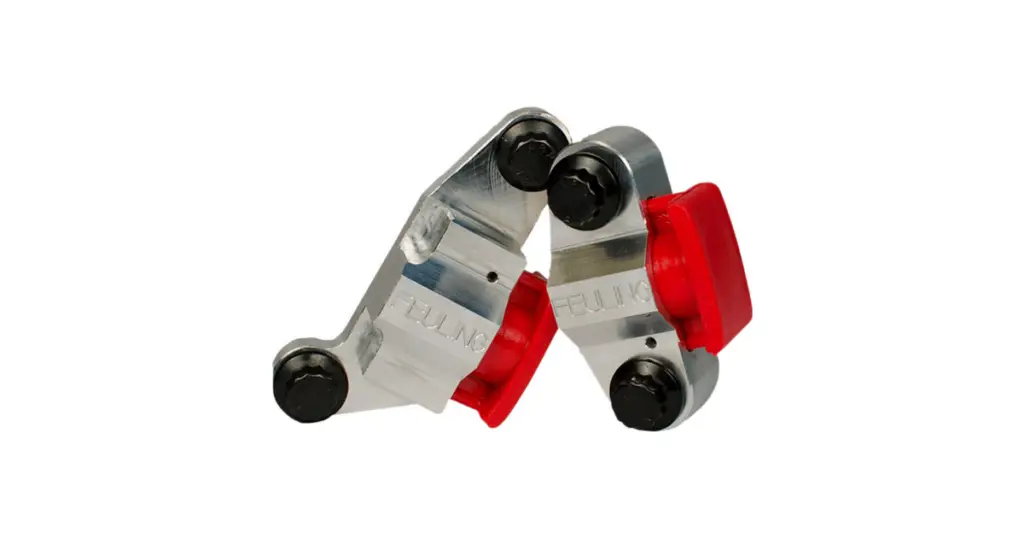
To ensure the longevity and reliability of your Harley Twin Cam, regular maintenance is crucial. Here are some tips on how to keep your bike running smoothly.
Regular Maintenance for Longevity
Performing regular maintenance on your bike will help prevent issues down the road. Make sure to follow the manufacturer’s recommended maintenance schedule and keep up with oil changes. This will help keep your engine running smoothly and reduce wear and tear on your bike.
One area that requires special attention on Twin Cam engines is the hydraulic tensioner system. These systems are prone to failure, so it is important to keep them well-maintained. Consider upgrading to high-flow oil pumps and hydraulic oil-fed tensioners to improve reliability and longevity.
Upgrades and Replacement Parts
Upgrading your bike with high-quality replacement parts can also help prevent issues and improve performance. Consider upgrading to stronger cam chain tensioners or installing an aftermarket oil cooler to help keep your engine running cool.
When it comes to replacement parts, make sure to use high-quality components from reputable manufacturers. Cheap parts may save you money in the short-term, but they can cause serious issues down the road.
By following these tips and performing regular maintenance on your Harley Twin Cam, you can help ensure the longevity and reliability of your bike.
Frequently Asked Questions
During which years did Harley-Davidson Twin Cam engines face the most problems?
The Harley-Davidson Twin Cam engine was introduced in 1999 and was produced until 2017. However, the years that faced the most problems were 1999-2006. During these years, the camshaft chain tensioners were problematic, and the engines had poorly designed chains that wore out the plastic tensioner shoes.
What are the typical issues with Harley Twin Cam engines?
The typical issues with Harley Twin Cam engines include camshaft chain tensioners, oil leaks, and transmission problems. The camshaft chain tensioners are known to wear out prematurely, causing a rattling noise. Oil leaks are also common, and they can be caused by a variety of factors, including worn gaskets and seals. Transmission problems can also occur, such as difficulty shifting gears or slipping gears.
How can I identify the Twin Cam models that are prone to mechanical issues?
If you are in the market for a Harley-Davidson motorcycle with a Twin Cam engine, it is important to do your research and find out which models are prone to mechanical issues. Some of the models that are known to have issues include the Harley-Davidson Softail, the Harley-Davidson Dyna, and the Harley-Davidson Touring.
Are there specific maintenance tips for the Harley Twin Cam engines to avoid common problems?
Yes, there are specific maintenance tips that can help you avoid common problems with Harley Twin Cam engines. Some of the tips include changing the oil regularly, checking the camshaft chain tensioners, and inspecting the transmission for any signs of wear or damage. It is also important to use high-quality parts and accessories when making repairs or upgrades to your motorcycle.




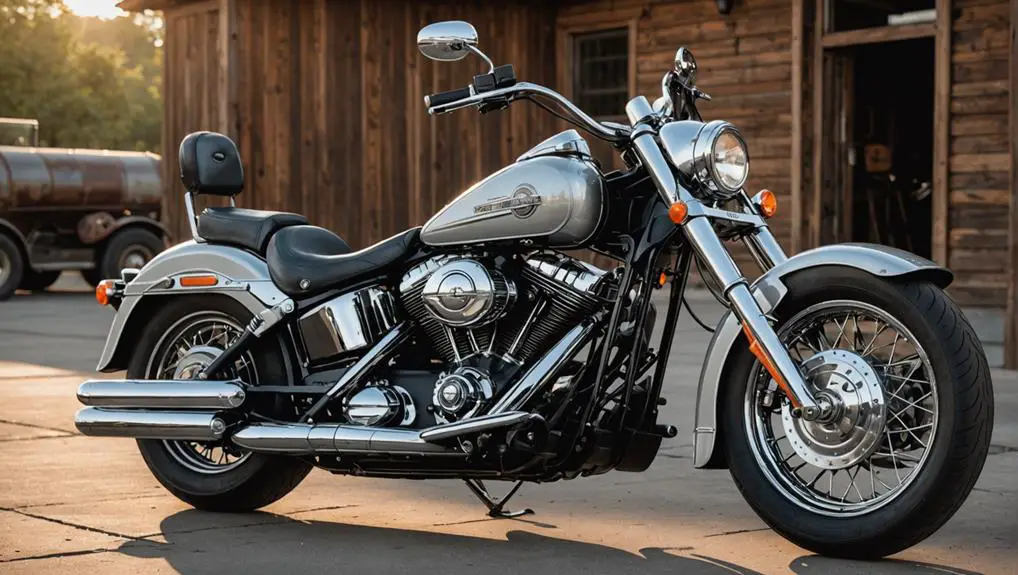
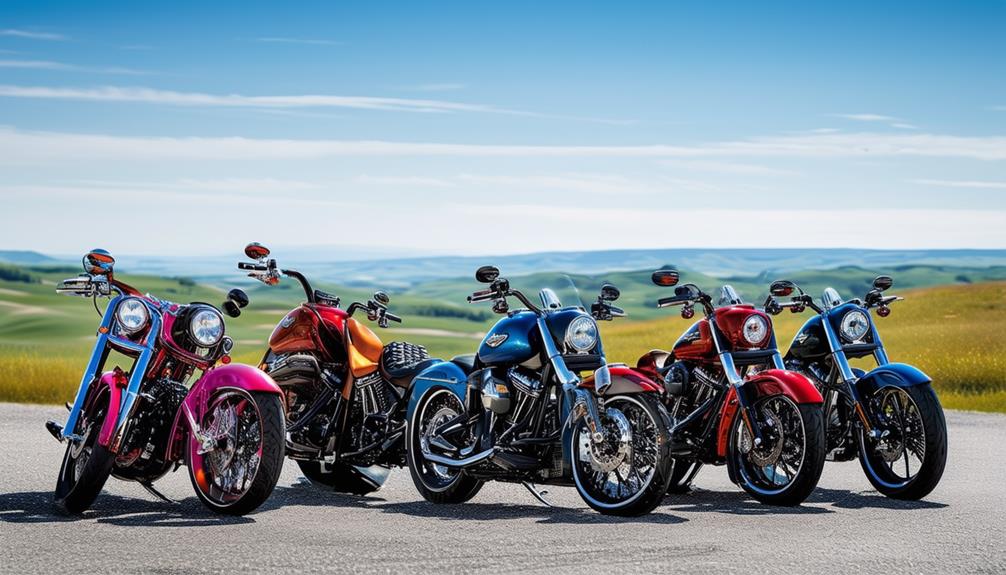
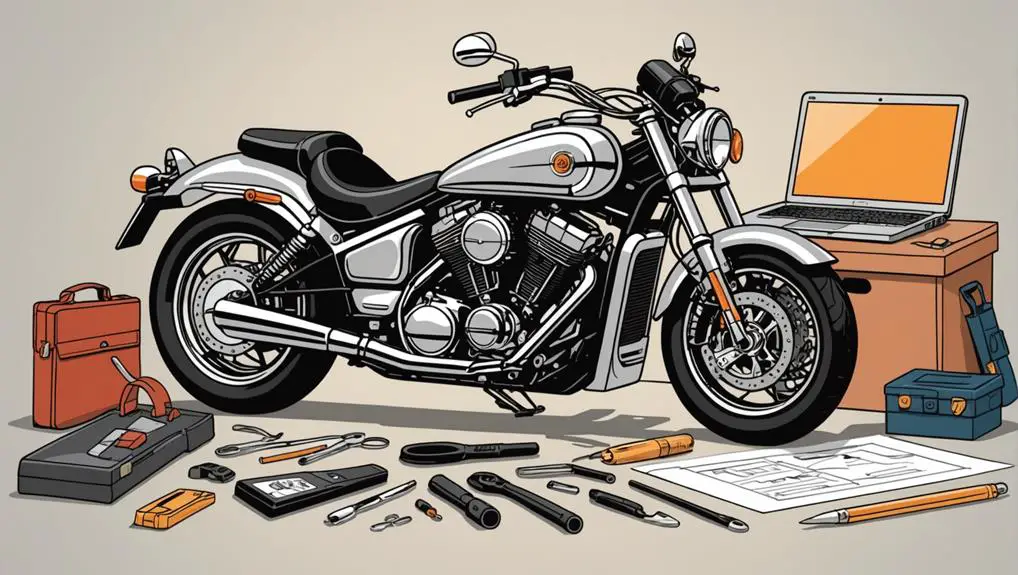
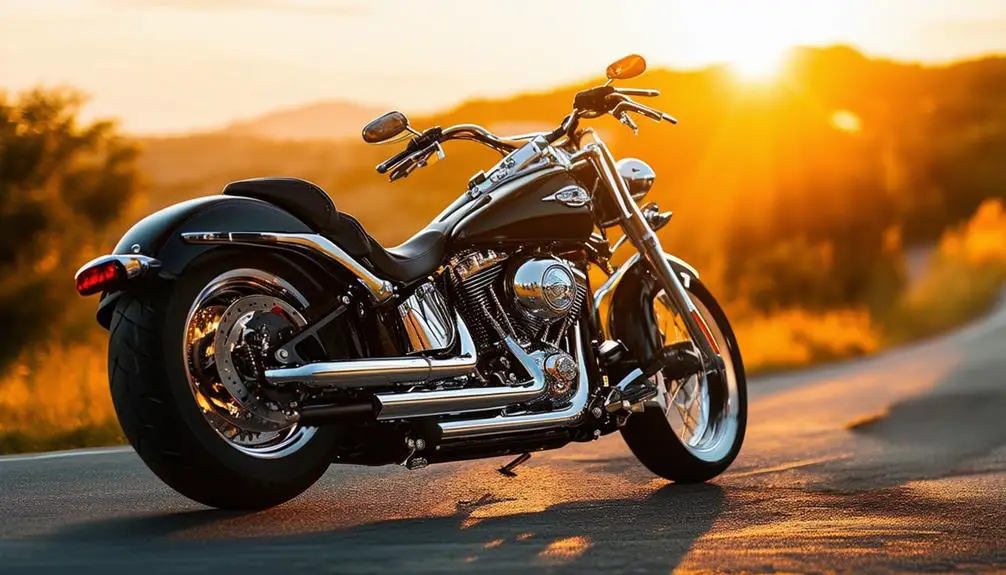
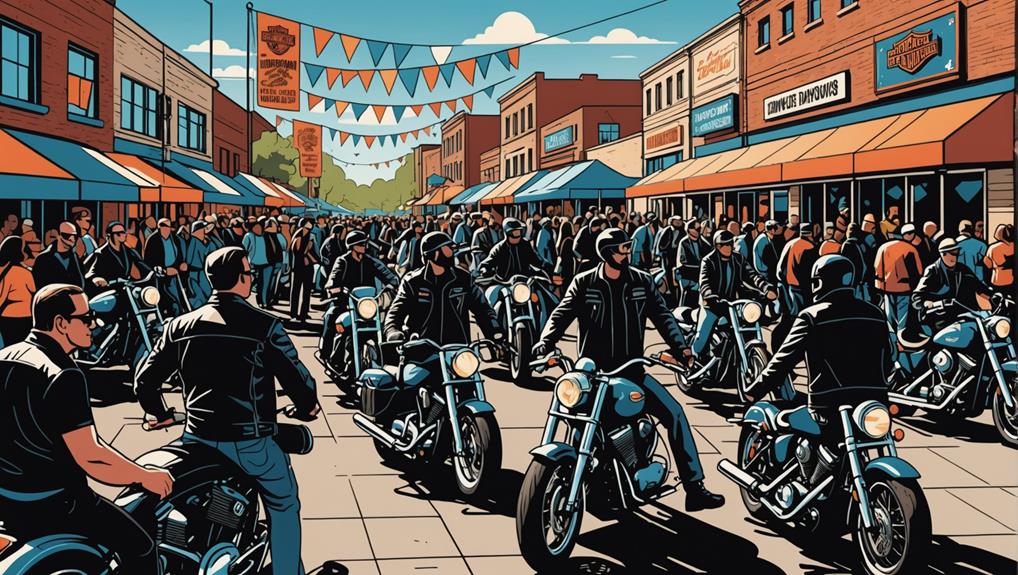
Leave a Reply
You must be logged in to post a comment.